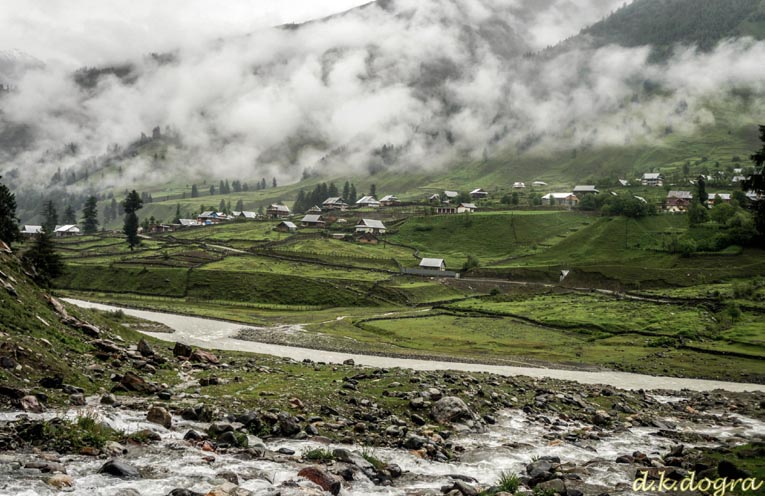
In the Inner Himalayas lies a beautiful Region so remote that most people haven’t even heard of it forget about going there. Kishtwar itself is remote and always under the shadow of Kashmir but this part of Kishtwar which lies next to Kashmir on one side and the Suru Valley of Ladakh on the other side is probably one of the last great wildernesses in the Inner Himalayas. This is the Warwan- Marwah – Dachan belt lies along the Maru Wadwan River or as its also known Warwan / Marwah (Marev) / Marsu Dhar River along with different parts of its course, which is a major tributary of the Chenab. These three sub parts of this Region all lie along the same River and offer a rare insight into how people lived maybe many years ago. Sandwiched between the Pir Panjals and the Great Himalayan Range this is a Region few outsiders have set foot.
My romance with this area began in 1989 when I was a student in Class 9 in the Burn Hall School, Srinagar. We were supposed to Trek from Daksum in Kashmir to Kishtwar via the Sinthan Pass. But at the last moment the original Trek was changed. Now we were to go from Daksum to Pahalgam via the Warwan Valley. None of us had even heard of Warwan Valley before but of course we had little choice in such matters. So off we went and on the second day we climbed up the Margan Pass and started to descend into Warwan Valley towards Inshan.
It was like walking into a lost World. The Houses were still made all of wood and the people still held that innocence. Of course the whole Village was excited as we were around 30 people. Technically though Warwan is in Kishtwar the people here speak the purest and the oldest form of Kashmiri. We happened to Trek for a few days in the Valley headed North and after reaching the head of the Valley we turned right and went over the Gulol Pass and descended onto the Sheshnag Lake to join the Amarnath trail. And of course we didnt take any pics at that time. But the memories were still there. And even today pics of these areas are very hard to come by.
The Gazetteer of Kashmir and Ladakh in the late 1900s puts it as such :
MARU WARDWAN (They considered the Wardwan and Marwah as one long Valley which is also kinda like the case)
The name of a long and narrow valley lying to the South-East of Kashmir, from which it is separated by a lofty range of mountains; its direction is nearly north and south, its length being about 40 miles, and its average breadth not more than a quarter of smile; that part lying between Maru and Wardwan being merely a narrow defile, whose sides are very steep and covered with a jungle, chiefly of fir trees. It is bounded by high and rugged mountains, which almost entirely exclude the sun from its lower portions.
The river which intersects it is a considerable stream that swells to a mighty torrent during the melting of the Snow. It rises at the northern extremity of the valley, on the borders of Suru, and flows south until it joins the Chandrabhaga/ Chenab just above Kishtwar, receiving in its course several tributaries from the numerous minor valleys which open on each side of it.
The upper portion of the valley is called Wardwan, and the lower Maru, The Village of Inshan, in the middle of the valley, is distant about 84 miles north of Kishtwar; and thence to Suru, by the Bhot Kol Pass, is about 76 miles, or five marches. There are various paths communicating between the Maru Wardwan Valley and Kashmir; the principal is those lying over the Margan and Hoksar passes; by the former Islamabid is distant 67 miles from Inshan, and by the latter 51 miles from Maru or Petgam.
‘The Maru Wardwan valley contains several thinly-populated villages; the houses, which are double-storied, are roughly built of timber, and have pent roofs. It forms a portion of the Udhampur district.
Very little difference is observable in the dress and appearance of the inhabitants of this valley and of those of Kashmir, but they seem to share some of the prejudices of the Tibetans, as Vigne relates that he was told that after death among the inhabitants of the Maru Wardwan valley, none of the deceased’s relatives will touch milk until the arrival of a particular day. All the natives of the valley are, with scarcely an exception, Muhammadans.
The climate ie very rigorous, and rain or snow falls throughout the greater part of the year; the stony fields produce but one harvest in the twelve months, and that is limited to a scanty crop of Trumba and Grihmah, and for five months of the year the inhabitants are absolute prisoners to their houses, the snow lying 10 and 15 feet deep, entirely blocking up the lower stories of the habitations. Pollard trees, Which elsewhere furnish abundant supplies of fodder for the cattle during the winter months, are very scarce, and such trees, as do grow, are small and stunted. Despite these disadvantages, a considerable number of ponies are bred in the Valley and taken to Suru, where they find ready sale or barter.
A good pony, between three and five years old, fetches, it is said, about Rs.20 (British currency). The vendor prefers to be paid in cash, but has frequently to be contented with tea; in this case, be receives a damu (a weight equal to three seers) of tea, which is valued at Rs.17 ; on this, he is required to pay an import duty of Rs.2 at the customs post at Sukhnis, at the north end of the valley. If fortunate, he disposes of his tea to an itinerant merchant in the Valley, otherwise he must continue his journey to Islamabad or Srinagar before he can sell it for the Rs20 it is supposed to be worth in Kashmir; in either case, when the labor and risk are considered, it is apparent that the transaction brings little or no profit.
The geological formation of the Maru Wardwan valley is gneiss, mica alate, and a silicious grit. The Maru Wardwan Valley is mentioned by Abul Ful in the Ayin-Akhbari ss the Murwar Dhun.
Dachhan
The name applied to the mountains on both sides of the defile to the South of the Maru Wardwan Valley, through which the river flows on its course towards Kishtwar. The path which lies up this valley is extremely difficult, and not practicable for ponies. (Pigne.)
Now there are a few interesting Tales and Stories of this Region outlined by a few visitors who came to this place including the most eminent Archaeologist of Kashmir, Ram Chandra Kak who went onto becoming Prime Minister of the Riyasat under Maharaja Hari Singh. RC Kak had visited the Valleys in the 1920s and were published in the publication called the Antiquities of Marev Wadwan.
The Valleys of Wadwan and Marwah are completely Muslim barring a few in Marwah and in Dachan they are mostly Hindu. But historically it was the inhabitants of Marwah who were more warlike who dominated all the 3 Valleys. The hereditary Zamindars carried the surname Malik but were originally Rainas pointing out that they came from outside. As per their local tradition their ancestors came from Bengal but the actual history is obscured in the fog of time. The most amazing part was that R C Kak was shown actual firmans issued in the name of the Maliks by the Governors of Kashmir from the time of Jahangir and all the way to the time of Shah Shuja. These Marwah Maliks even provided Marrivs (as the local residents are called) to General Zorawar Singh for his campaigns in Ladakh and apparently they gave a good account of themselves. It said even from his last Campaign a few Marivs were among the few who survived.
Moving towards the South we come to the Region called Dachan which is mostly Hindu and quite a mysterious one at that. RC Kak noted that the condition of the Men in Dachan was unusually wretched which was because apparently almost every Woman there was proficient in the Black Arts and Witchcraft. The Men it seemed were constantly under their spell. He also noted that Marriage was quite a casual affair where a Man who found himself in an affair with a Married woman could simply pay her husband off and get her as his Wife. RC Kak noted that the whole Society was deeply ensconced in Sorcery and deviousness of all kinds. And then there was another set of people who would actually help you combat the evil spells and curses cast upon you. Curiously the Sorcery did not work on the Maharaja’s officials as it was said that during the rule of Maharaja Gulab Singh the Witches promised that they wouldn’t cast their magic on his Officials. And I guess the Witches stuck to their promise.
And lately, large tracts of this wilderness have been included in the Kishtwar National Park which includes the catchment areas of the Kiar, Nath and Kibber Nallahs which flow into the Marwah or the Marsudhar.
Of course, times have changed now but still, due to the absence of proper Roads, the area remains pretty cut-off. And as a result Backward but as the photographs would testify as far and Natural beauty is concerned this Area is second to none and hopefully now that the State has become a Union Territory some Tourism would be promoted in this Region and in Kishtwar as a whole. Nowhere else in the Himalayas due you get such a mix of Culture, Language and Religion as you do in Kishtwar.
Photos Courtesy: Mr. D K Dogra and Mr.Abhilash Sharma
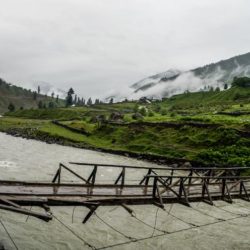
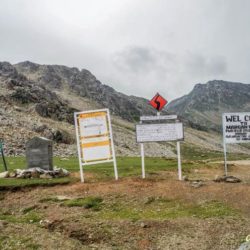
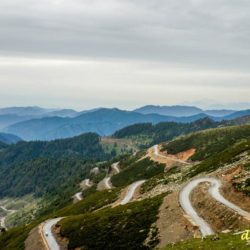
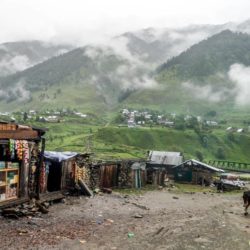
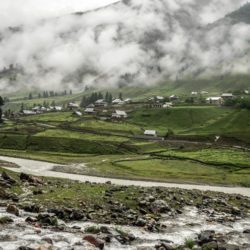
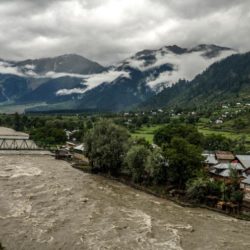
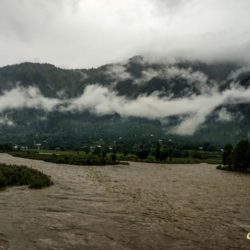
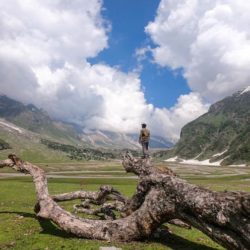
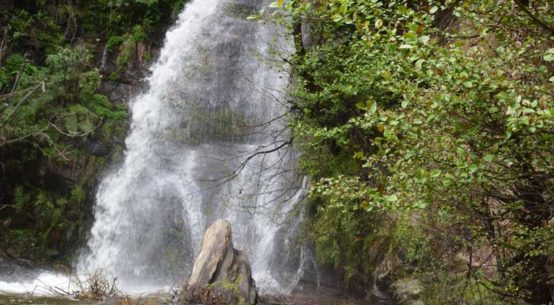
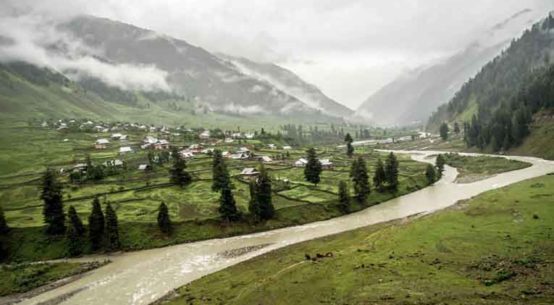
From the perusal of your storey it is observed that the writer himself has not visited the area himself and has made no research .The storey articulated is just a hearsay .There are no facts collected from ground .Moreover there are derogatory remarks against the womenfolk
You need to give some evidences
You are ignorant about the geographical features customs and culture of the people of the area